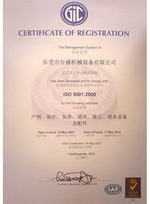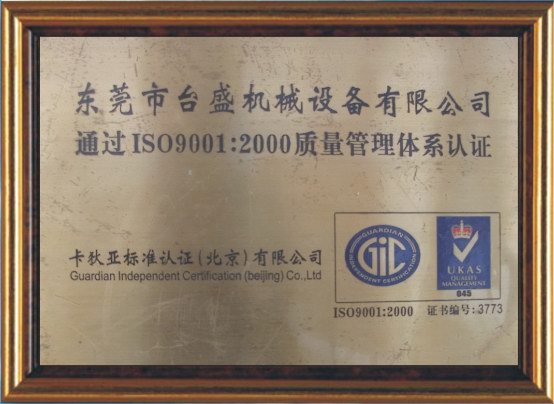Department of environmental protection leading group of the State Council issued in August 1, 1982 to implement the State Council in April 6, 1982
This standard is based on the environmental protection law of the PRC (Trial) Regulations for the control and improvement of air quality, create a clean and comfortable environment, prevent ecological damage, protect people's health, promoting economic development and formulate.
This standard applies to the national scope of the atmospheric environment.
1 standards of grading and limits
1.1 atmospheric environmental quality standards are divided into three levels:
The first level standard for the protection of natural ecology and population health, in the long-term contact with the situation, &127; do not have any harm to the impact of air quality requirements.
Two level standards for the protection of population health and urban, rural animals and plants, in the long-term and short-term exposure, no damage to the air quality requirements.
Three standards for the protection of the population does not occur acute, chronic poisoning and urban general animal, plant (except for sensitive) the normal growth of air quality requirements.
1.2 standard concentration limits of air pollutants in the table below three.
Pollutant name
Concentration limit, mm / M 3
Value time
First class standard
Two level standard
Three level standard
Total suspended particulate
Daily average *
Zero point one five
Zero point three zero
Zero point five zero
Any time * * *
Zero point three zero
One
One point five zero
Fly ash
Daily average
Zero Point Zero Five
Zero point one five
Zero point two five
Any time
Zero point one five
Zero point five zero
Zero point seven zero
Average annual average * * *
Zero point zero two
Zero point zero six
Zero point one zero
sulfur dioxide
Daily average
Zero Point Zero Five
Zero point one five
Zero point two five
Any time
Zero point one five
Zero point five zero
Zero point seven zero
nitrogen oxide
Daily average
Zero Point Zero Five
Zero point one zero
Zero point one five
Any time
Zero point one zero
Zero point one five
Zero point three zero
Carbon monoxide
Daily average
Four
Four
Six
Any time
Ten
Ten
Twenty
Photochemical oxidant (O3)
1 hour average
Zero point one two
Zero point one six
Zero point two zero
Note: * "daily average" is not the limit of the average concentration of any one day.
* * * * * * * * * * * * * * * * * * * * * * * * * * * * * * * * * * * * * *. See the relevant provisions of different pollutants "any time" sampling time.
* * * * * * * * * * * * * * * * * an average of no more than a year of the average concentration of the limit value.
1.2.1 total suspended particulate (T.S.P), the system refers to the following 100 micron particles.
1.2.2 Piaochen, refers to the aerodynamic diameter less than 10 micron particles, such as the reference standard.
1.2.3 photochemical oxidants (O3), 1 hours means no more than once a month.
2 division of the atmospheric environment quality area and the level of implementation
2.1 according to the geography, climate, ecology, politics, economy and the degree of air pollution, the quality of atmospheric environment is determined.
Divided into three categories:
A category for the provisions of the National Nature Reserve, scenic spots, places of interest, such as nursing.
Two categories of urban planning in the residential areas identified, commercial transportation and residential areas, cultural areas, places of interest and the vast number of rural areas, etc..
Three types of areas for the heavy pollution of the cities and towns and industrial areas, as well as urban transport hub, trunk, etc..









